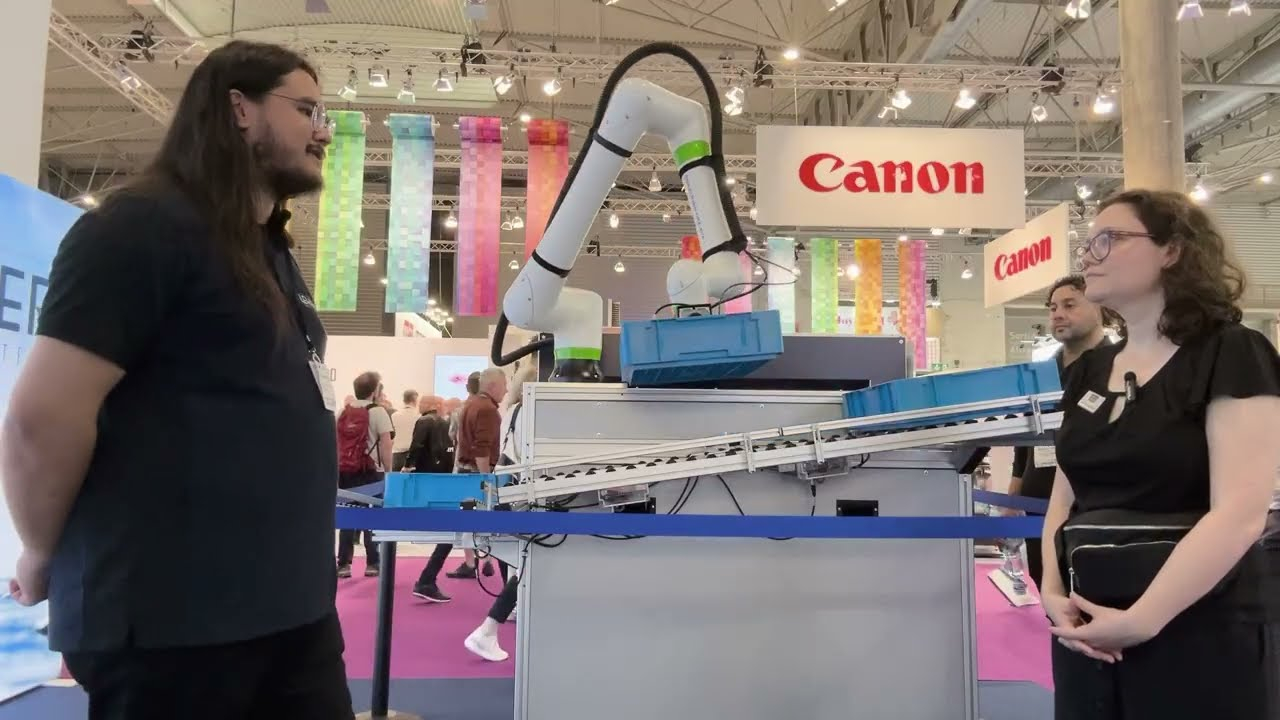Time is money

Splitting up converting processes seems to be a new way of creating a healthy business. It breaks the rules of what was efficient converting until the financial crisis. Bo Meyer, Gerhardt International, talks about his observations as a supplier of rotary tooling to the industry.
Over the past five years, the biggest influence on the label printing industry has to be the current financial crisis that has hit hard throughout the world. Companies were forced to down size on staff, run lengths became smaller and smaller, customers are no longer keeping label inventory on shelf, and every process is being scrutinized to see just where money can be saved. Because of all of this, process optimization began in all label printers shops.
Set-up time exceeds production runs
Because run lengths are becoming shorter, make readies and set up’s were the first to be under the microscope. With today’s high speed presses, if one was not careful the set up could actually take longer than the run. This can take a job from being profitable to being a bust.
A few years back the focus was centered on optimizing the long production runs. The higher speed presses were a great start, the dramatic change in press capabilities meant higher quality labels at a faster speed. But still, you had other steps in the process that still added time and money. Hot foiling, slitting, sheeting, and in some cases die cutting were all added expense and additional set ups, when it came to producing a label.
Aligned in one process
But as always technology moves forward and today’s presses are efficient high speed machines that can perform almost every task needed in the label printing process. Printing, hot foiling, die cutting, slitting and sheeting can now all be done in one pass, on one machine, eliminating multiple set ups on a single job.
Optimization, process improvement, lean manufacturing are all now a part of everyday life in a printer’s facility. The combination of these processes and advancements in press technology are what keeps the label printing industry alive today.
Why slow (expensive machines) down?
The latest trend in Europe is to separate processes again. If a label shape is difficult to strip, why should the most expensive machine (the printing press) be slowed down? Investments in separate converting machines can then do the stripping of the matrix, and the printing press can run at maximum speed to obtain maximum profitability. In most cases the operator of the press can operate the converting machine as well as a modern automatic servo register press.
Let me give an example: If a 10-color printing press only can run 20 m/min instead of 80 m/min due to difficult stripping of a label, then it would be more economical to have a converting station that only does the stripping and let the press run at maximum speed.
Once the job is done at 80 m/min, the press can be used for other printing jobs, and the converting machine continues to strip the difficult label at slow speed.
Took the medicine
Just like the progression in the printing industry, Gerhardt has also taken this time to optimize our processes and come up with new and innovative die cutting solutions. We are a participant in the lean manufacturing philosophy. We cannot say that we have completed the process, because as you know, lean manufacturing is a constant ongoing process of continuous improvement.
With our lean Philosophy, and innovative thinking, we have created a flexible die that will replace solid tooling. No longer does the industry have to rely on the solid tooled die for converting labels. We anticipated this swing in the industry, which is why we created the CECT campaign: Cost Efficient Cutting Tools. Our die products are designed to reduce set up time, reduce tooling costs and increase productivity and profitability.
Save time and money!
This article was published in the 2011 L&L Yearbook
Click here for more stories about Gerhardt on L&L.com.
Stay up to date
Subscribe to the free Label News newsletter and receive the latest content every week. We'll never share your email address.

